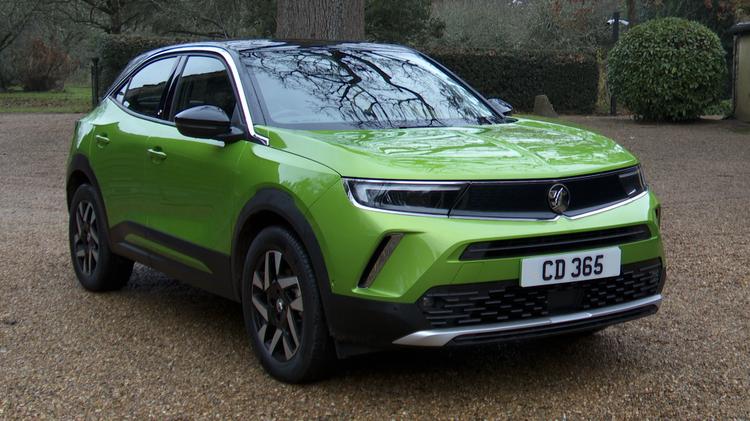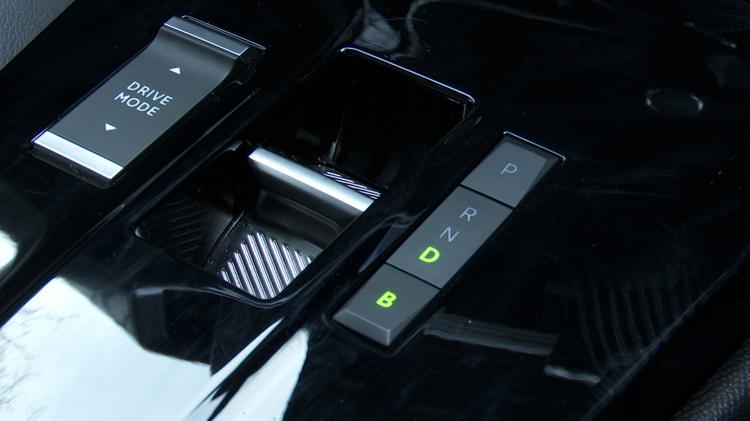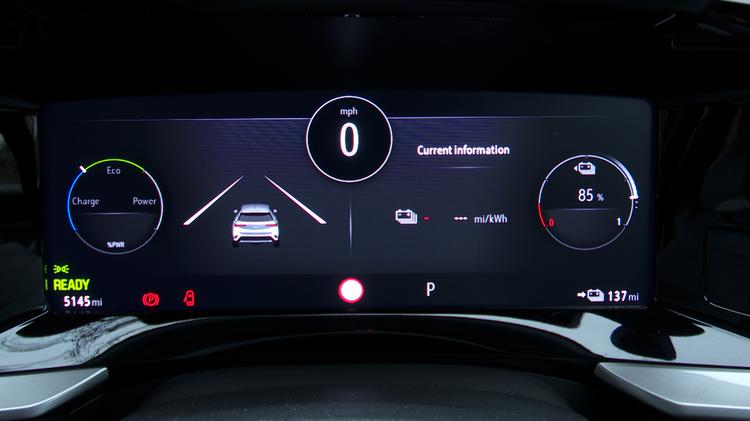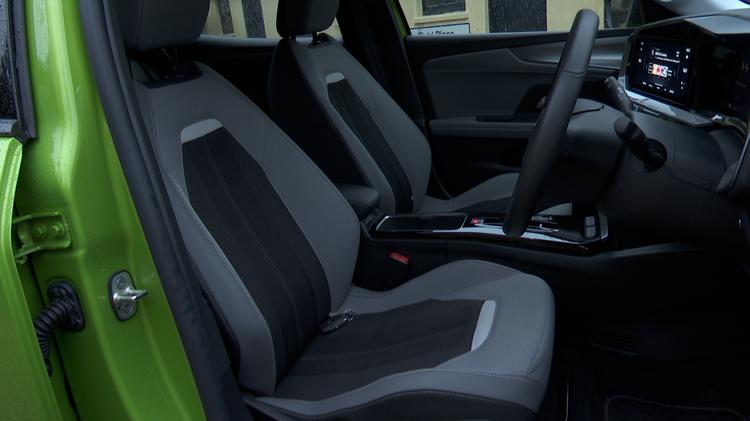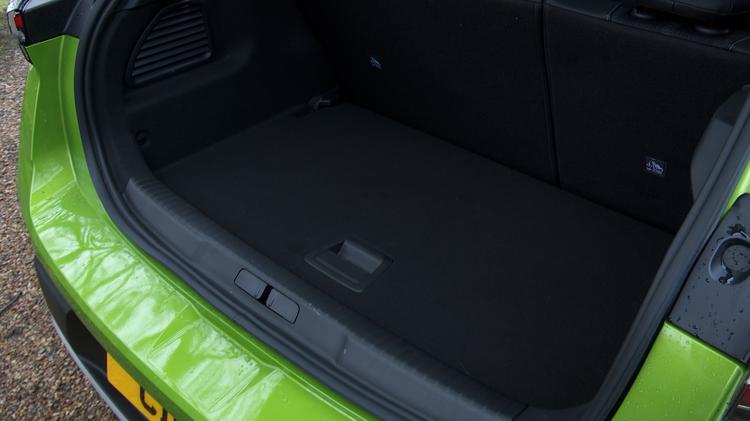Vauxhall has reimagined what its little Mokka SUV can be. Jonathan Crouch drives it.
Vauxhall needs more of a competitive presence in the industry's fastest growing segment, that for small trendy SUVs. And, courtesy of shared Stellantis Group engineering, this second generation Mokka model provides it. There's nothing that changes the class norm here, but we can't remember a more visually appealing Vauxhall in recent memory - and that has to be a good thing.
Welcome to the fresh new face of Vauxhall, showcased here by the trendy so-called 'Vauxhall Vizor' look of this second generation Mokka SUV. You might remember the Mokka, one of the earlier small crossovers, first introduced in 2012, then updated and relaunched as the Mokka X in 2016, which then petered out in 2019 as its place in the range became squeezed between the (smaller) Crossland X and the (larger) Grandland X.
Like those two cars - but unlike the original Mokka - this MK2 design is based on the engineering of Vauxhall's Stellantis Group parent conglomerate. That means it's basically the same underneath as a MK2 Peugeot 2008 or a DS 3. Which in turn means that there's a full-EV version, the Mokka Electric.
That Vauxhall's engineers wanted to create a slightly sportier confection here is evidenced by the slightly firmer ride you notice in the first half mile of driving this car. But it seems there wasn't really either the time, the money or the inclination to finish the job because the close body control, the poise at speed and the responsive steering that this Mokka would need to fully rival a Puma - or even a Juke - are all missing here. Still, the fashionista target market for this car probably won't care very much about that and what we do have is of course a massive improvement on the first generation Mokka model - and perhaps more relevantly, on this car's small SUV Vauxhall showroom stablemate, the Crossland.
No surprises beneath the bonnet. Not if, mindful of this car's Stellantis Group-sourced engineering, you're expecting a carry-over from the Peugeot 2008 anyway. If you're looking for a combustion engine, there are various versions of the brand's usual 1.2-litre petrol engine to choose from. The least powerful unit is a 1.2-litre turbo petrol powerplant with 100PS, which is mated to a 6-speed manual gearbox. A freshly introduced 130PS version of this three cylinder engine is the alternative, developing 136PS with a manual geabox and offering 230Nm of torque, which means rest to 62mph in 9.1s en route to 125mph. If you want an auto gearbox with your combustion Mokka, an older 130PS version of this faster 1.2litre powerplant will be fitted.
Like the Peugeot 208, the Vauxhall Corsa and the DS 3, this Mokka sits on the Stellantis Group's latest CMP platform - which, incidentally, can't support a plug-in hybrid powertrain, so there'll be no competitor here to Renault's Captur PHEV. You can though, have a full-electric variant, the Mokka Electric, which, like the Corsa Electric and the Peugeot e-208, uses a 54kWh battery pack and a front-mounted electric motor which puts out 136PS and 260Nm of torque. Vauxhall claims the Mokka Electric will be able to cover a WLTP-rated range of 252 miles on a single charge.
This is what the Vauxhall of the future will look like - according at least to the brand's design boss Mark Adams. He is primarily referring to this MK2 Mokka's assertive front end treatment, previewed back in 2018 by the Opel GT X Experimental concept car which first showed us the so-called 'Vauxhall Vizor' look made up of bold nose treatment featuring ultra-slim LED daytime running lights and more prominent badgework. The idea here is that this second generation design should feel more compact than its predecessor; it actually is 125mm shorter and has smaller front and rear overhangs. But the wheelbase is fractionally longer, so there's just as much space inside.
Which you should feel when you take a seat in the cabin. Behind the wheel, this Gallic-influenced design is of course nothing like the previous Korean-sourced car. There are no conventional gauges: just a 12-inch digital instrument display, which works in conjunction with a central infotainment monitor that's either 7 or 10-inches in size depending on trim and is angled towards the driver. The layout uses what is called 'Pure Panel' design to make the two screens look like one long display. Predictably, materials quality is of a much higher grade than the old model. But space in the back isn't much different - though it's much better of course, than you get in a Corsa. The 350-litre boot is much the same size as that of the previous model too. It's 310-litres in the Mokka Electric.
There are four main trim levels - 'Design', 'GS', 'Black' and 'Ultimate'. Pricing is similar to a Peugeot 2008, which means that it sits in the £24,000-£32,500 bracket for the combustion models. Which is a little bit of a step up from the brand's alternative small SUV, the Crossland. Think from around £39,000 upwards for the Mokka Electric (which comes only in 'GS' and 'Ultimate' forms).
At least you'll get a broad selection of technology for that, including on upper-spec models features like adaptive LED matrix headlamps and a 180-degree rear view camera. Vauxhall also promises plenty of camera safety systems as well - things like autonomous braking, traffic sign recognition, Active Lane Assist and adaptive cruise control.
Luxury interior features that you can specify include leather upholstery, alcantara trim and heated driver's seat that can include a massage function. On lower-spec models, you'll get a 7-inch centre dash screen, but you can upgrade that to the 10-inch monitor that's fitted as standard at the top of the range. Talking of the top of the range, that's where you'll find the sporty 'GS Line' model, which features 18-inch alloy wheels, a 2-tone paint scheme, a gloss black radiator grille and black and red exterior trim. The cabin features unique seat trimming and red flashes on the instrument binnacle.
Let's get to the WLTP-rated fuel and CO2 stats - which unsurprisingly, are pretty much identical to those you'd get from Peugeot 2008 or a DS 3. The 100PS 1.2-litre petrol unit offers a combined cycle reading of up to 51.3mpg and an emissions figure of up to 124g/km of CO2 - which puts that Mokka in the 30% BiK tax bracket. For the 1.2 136PS version, the 51.4mpg, 124g/km and 29%. If you'd rather have the 130PS 1.2 petrol auto transmission version, the readings are 47.9mpg, with CO2 up to 132g/km and BiK at 31%.
As for the Mokka Electric, we mentioned earlier that it will cover a 252 mile WLTP-rated range. The powertrain can support most domestic charging standards, as well as most commercially offered DC rapid charging systems. It has support for up to 3-phase 11kW charging in AC mode for home use: and 100kW DC capability is standard, allowing the car to be replenished at a public charging point to over 50% capacity in under half an hour.
What else? Well, Vauxhall being a mainstream brand, residual values aren't as strong as, for example, you'd get from a rival Honda HR-V, but the Mokka claws the advantage back with modest cost of options and very affordable servicing you can budget for with a range of pre-paid servicing plans. There's an unremarkable, but potentially extendable, three year 60,000 mile warranty.
This second generation Mokka represents a new kind of assertive identity for Vauxhall as it seeks to carve out a more distinctive volume brand niche within the Stellantis Group portfolio of brands. It certainly makes more of a driveway statement than its predecessor - as you'd hope it would given that it sells at a slightly higher price point. And the engineering is at a different level to anything previously seen in a Vauxhall SUV.
It would probably be too much to hope here that this second generation Mokka would bring anything completely new to it segment - it doesn't. But customers of small crossovers aren't really looking for engineering ingenuity. Usually, they want to make a pavement statement - and this car does that with a lot more brio than quite a few of its class rivals. Will that be enough here? It'll be interesting to see.
